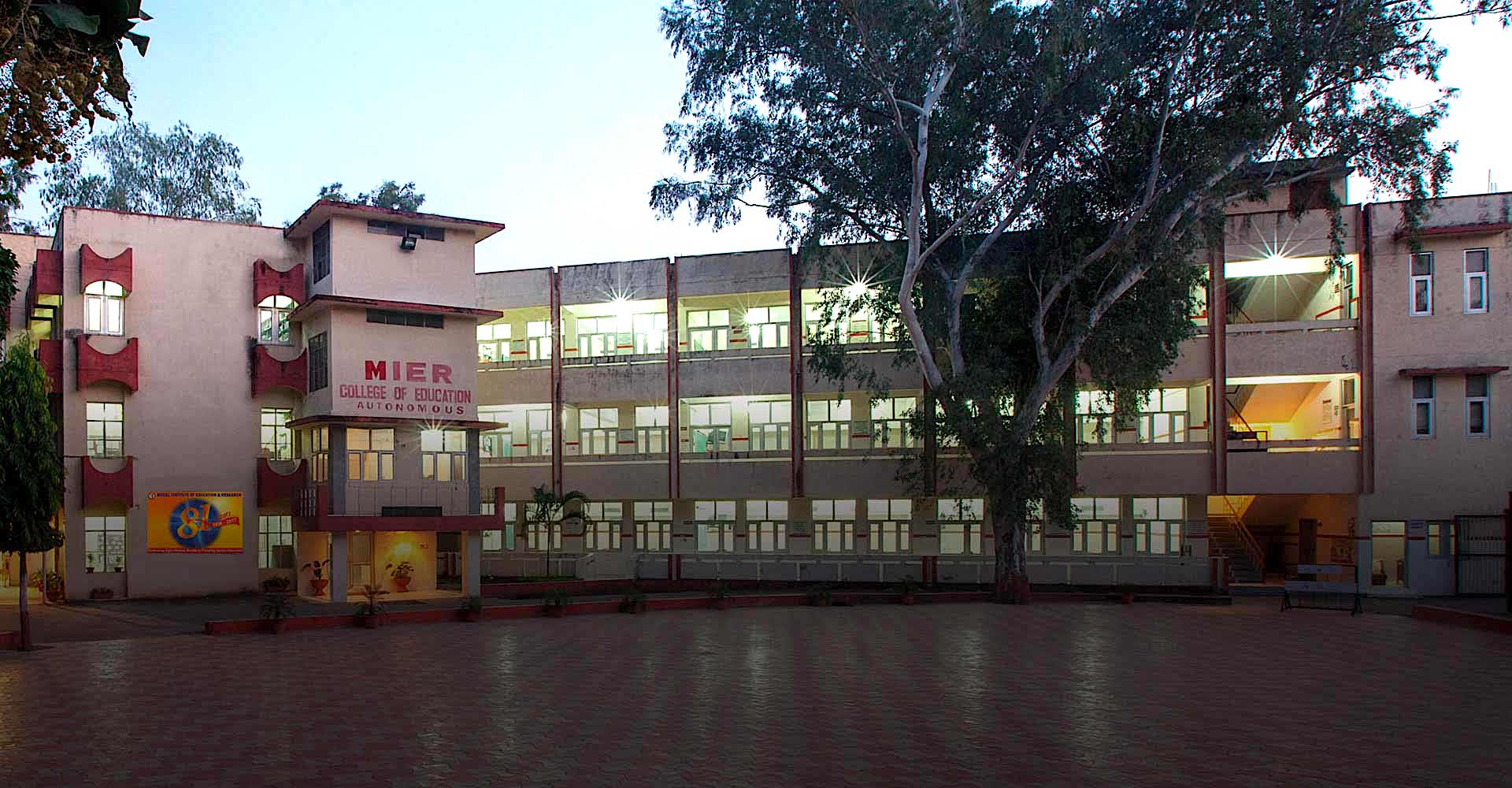Study of Instructional Management and Institutional Effectiveness in Relation to Age and Experience of School Principals
DOI:
https://doi.org/10.52634/mier/2021/v11/i2/2029Keywords:
Instructional Management, Institutional Effectiveness, Age and ExperienceAbstract
The present investigation intends to assess instructional management and institutional effectiveness concerning the age and experience of school principals. The sample comprised twenty schools of Jalandhar and Kapurthala. The researchers used Hallinger’s Instructional Management Rating Scale and a self-prepared Institutional Effectiveness Rating Scale for the investigation. The result of the study reveals that in schools with younger principals, teachers exhibit better behaviour on coordinating the curriculum, protecting instruction time and developing academic standards of instructional management than teachers in schools with older principals. In schools with more experienced principals, teachers exhibit better behaviour concerning instructional management on co-ordinating the curriculum, protecting instruction time, providing incentives for teachers, protecting professional development, developing academic standards, and providing instructions for learning than the teachers in schools with less experience. In schools with older and more experienced principals, teachers exhibit better behaviour on supervising and evaluating instruction dimension of instructional leadership than the teachers in schools with older and less experience, younger and more experienced and younger and less experienced principals. There is no significant difference in the institutional effectiveness of schools with young and old aged principals. There is no significant difference in institutional effectiveness of schools with more and less experienced principals.Downloads
Metrics
Downloads
Published
How to Cite
Issue
Section
License
Copyright (c) 2021 Deepa Sikand Kauts, Amit Kauts, Supriya Dang

This work is licensed under a Creative Commons Attribution 4.0 International License.
The articles published in the MIER Journal of Educational Studies, Trends and Practics (MJESTP) are distributed under the terms of the Creative Commons Attribution License (CC BY 4.0), which permits unrestricted use, distribution, and reproduction in any medium, provided the original author and source are credited.
- Copyright on any open access article in the MIER Journal of Educational Studies, Trends and Practics (MJESTP) published by Model Institute of Education and Research (MIER) is retained by the author(s).
- Author(s) grant MIER a license to publish the article and identify himself/herself/themselves as the original publisher.
- Authors also grant any third party the right to use the article freely as long as its integrity is maintained and its original authors, citation details and publisher are identified.
- The Creative Commons Attribution License 4.0 formalizes these and other terms and conditions of publishing articles.
References
Alm, S., Laftman, S. B., Sandahl, J., & Modin, B. (2019). School effectiveness and students’ future orientation: A multilevel analysis of upper secondary schools in Stockholm, Sweden. Journal of Adolescence, 70, 62-73.
Anumaka, I. B. (2013). Institutional Effectiveness: Best Practices And Assessment Strategies In Uganda Universities. International journal of management, information technology and engineering, 1(2), 35-42.
Cerit, Y. (2009). The Effects of Servant Leadership Behaviours of School Principals on Teachers’ Job Satisfaction. Educational Management Administration & Leadership, 37, 600-623. https://doi.org/10.1177/1741143209339650
Erlendsson, J. (2002). Value For Money Studies in Higher Education. Retrieved from http://www.hi.is/~joner/eaps/wh_vfmhe.htmaccessed4
Gasevic, D., Mirriahi, N., Dawson, S., & Joksimovic, S. (2016). Effects of Instructional Conditions and Experience on the Adoption of a Learning Tool. Computers in Human Behavior, 43, 1-14.
Gupton, S. L. (2003). The instructional leadership toolbox: A handbook for improving practice. Thousand Oaks, CA: Corwin.
Hill, P. W. (2002). The principal challenge: Leading and managing schools in an era of accountability (M. S. Tucker & J. B. Codding, Eds.). San Francisco: Jossey-Bass.
Huber, S. G. (2013). Multiple learning approaches in the professional development of school leaders-Theoretical perspectives and empirical findings on self assessment and feedback. Educational Management Administration & Leadership, 41(4), 527-540.
Khan, A. (2012). Instructional Management of a Private and A Government Secondary School Principal in Northern Pakistan. International Journal of Educational Development, 32, 120-131.
Lin, H. C. (2000). A Study of Principals’ Leadership Style and School Effectiveness in Selected Public Secondary Schools in New Jersey. Dissertation Abstract International-A, 60(0).
Martin, N. K., & Sass, D. A. (2010). Construct Validation of the Behavior andInstructionalManagementScale. TeachingandTeacherEducation, 26, 1124-1135.
Pedersen, D., & Hartley, J. (2008). The changing context of public leadership and management Implications for roles and dynamics. International Journal of Public Sector Management, 21(4), 327-339.
Sahu, B. (2002). New educational philosophy: Recent researchers in education and psychology. New Delhi: Sarup and Sons.
Saleem. (2012). Determinants Of School Effectiveness: A Study at Punjab Level. International Journal of Humanities and Social Science, 2(14), 242- 251.
Sass, D. A., Lopes, J., Oliveira, C., & Martin, N. K. (2016). An Evaluation of the Behavior and Instructional Management Scale’s Psychometric Properties using Portuguese Teachers. Teaching and Teacher Education, 55, 279-290.
Smith, J. M. (2000). Analysis of the Relationship Between Principal Leadership Style and Teacher Job Satisfaction. Dissertation Abstract International-A, 61(1).
Southworth, G. (2002). Instructional leadership in schools: Reflections and empirical evidence. School Leadership & Management, 22(1), 73-91.
Taiwo, A. E. (2015). Teacher Variables And School Effectiveness. International Journal of Humanities and Social Science, 5(7), 95-101.
Vlasceanu, L., Grunberg, L., & Parlea, D. (2004). Quality Assurance and Accreditation: A Glossary of Basic Terms and Definitions (Bucharest, UNESCO-CEPES).





















